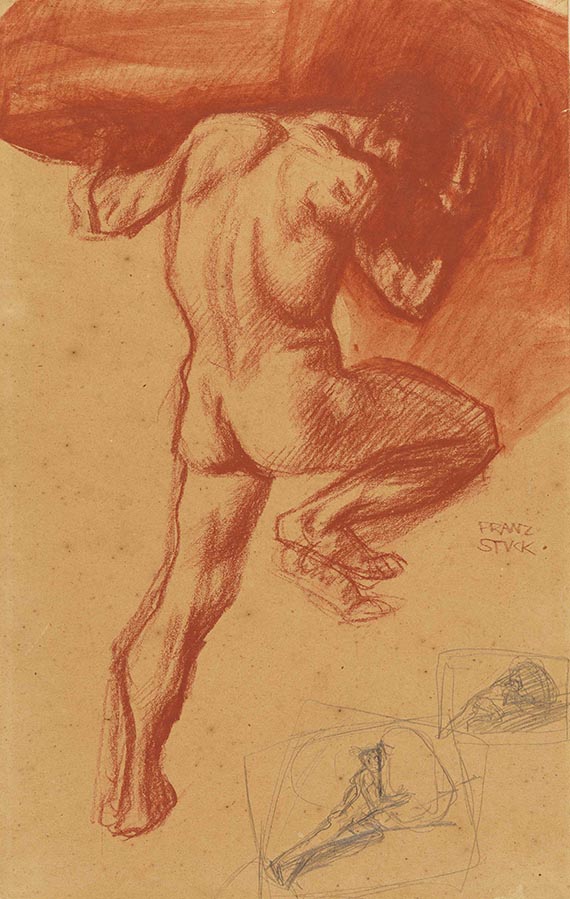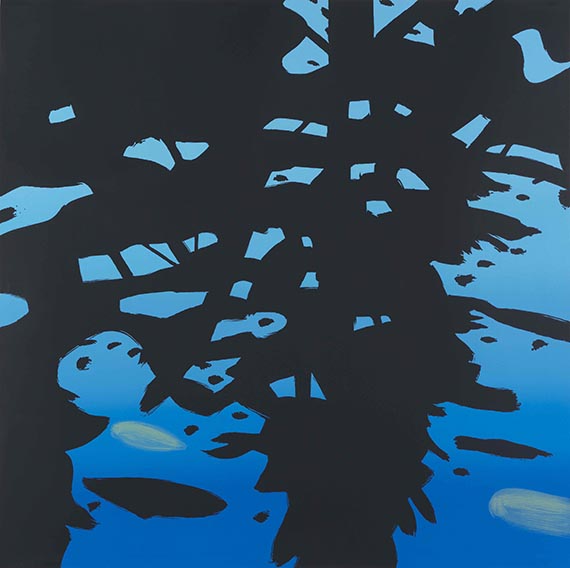
Jozef Brandt
1841 Szczebrzeszyn
1915 Radom
In 1841 the Pole Jozef Brandt was born at Szczebrzeszyn near the Polish-Ukrainian border. Just like many other Poles, he also emigrated after Poland had lost its independence to Russia and began to study engineering at the Ecole Centrale in Paris 1858. In Paris Jozef Brandt became a friend of the Polish painter Juliusz Kossak. He quit his engineering studies and turned to painting instead. In 1863 Jozef Brandt moved to Munich, which was particularly attractive for many Polish immigrants as it had a thriving art scene with the newly opened Pinacotheca and other rich art collections. Brandt enrolled at the Academy and studied under, among others, Carl von Piloty and took lessons from Franz Adam, the famous horse- and battle scene painter. In Adam‘s studio Jozef Brandt met Theodor Horschelt who had specialized in battle scenes after he had accompanied the Russian Army as painter for some time. In 1867 Jozef Brandt opened an own studio in Munich and taught many Polish students, which put him at the center of the circle of Polish painters in Munich. Jozef Brandt, as well as many of his students, is part of the so-called Munich School. From 1878 on Jozef Brandt taught at the Munich Academy of Fine Arts, where many Polish students were enrolled.
Jozef Brandt followed in the footsteps of his teacher and mainly painted historic battles and war scenes. Early works were still executed in rather conventional style, however, Jozef Brandt soon attained his own artistic mode of expression characterized by the depictions of hussars, Cossack or Tartar warriors in their gaudy uniforms mounted on horses with great authenticity. He put less focus on the dramatically illuminated and heroic scene, but on the peoples‘ and horses natural characteristics. Additionally, he allows the observer to sense the landscape‘s vastness. The mastery that Jozef Brandt accomplished earned him a great number of devotees.
Jozef Brandt visited his painter colleague Wladyslaw Szerner in his home country on several occasions. The painter spent the summer months together with his family on their estate in the village of Oronsko near Radom where Brandt also organized summer painting classes for his students. Many sketches of people, villages and landscapes came into existence on these journeys which Brandt then integrated into his paintings in his studio. This way Brandt achieved his felicitous Realism. Next to his fellow countryman Maksymilian Gierymski, Jozef Brandt is the most influential representative of the circle of Polish artists in Munich and an important representative of the Munich School. Jozef Brandt died in Radom on June 12, 1915.

Would you like to sell a work by Jozef Brandt?
Infos for seller






